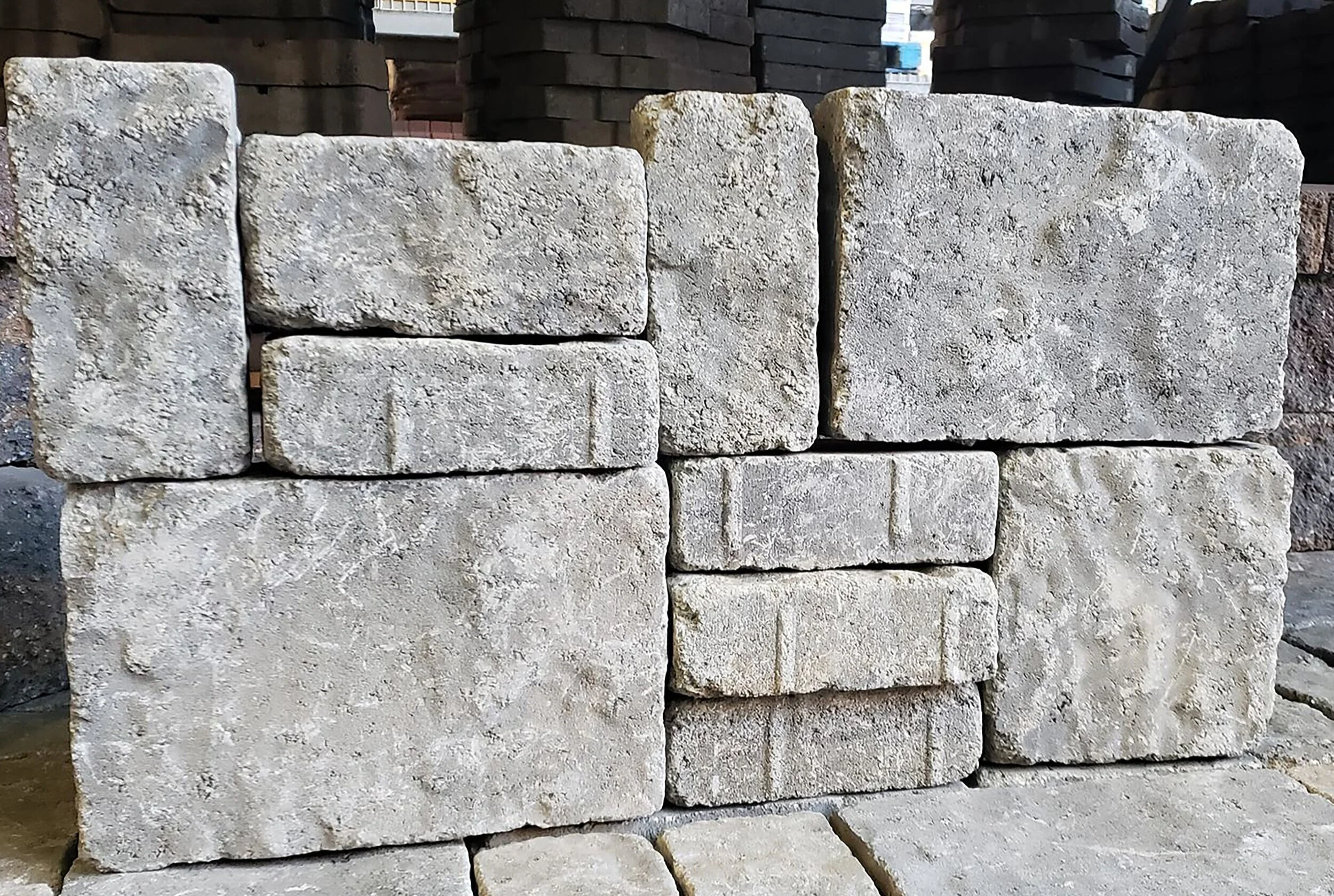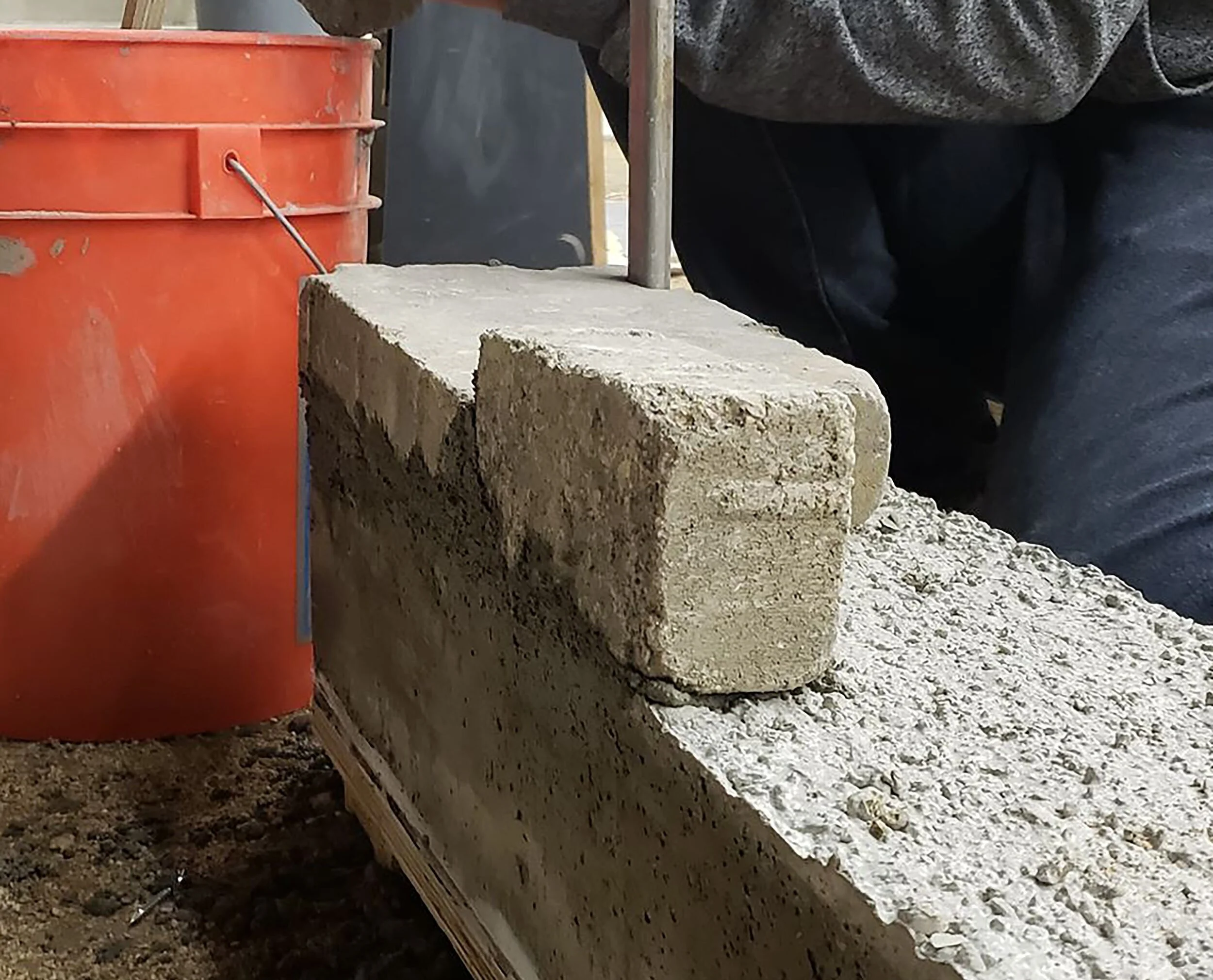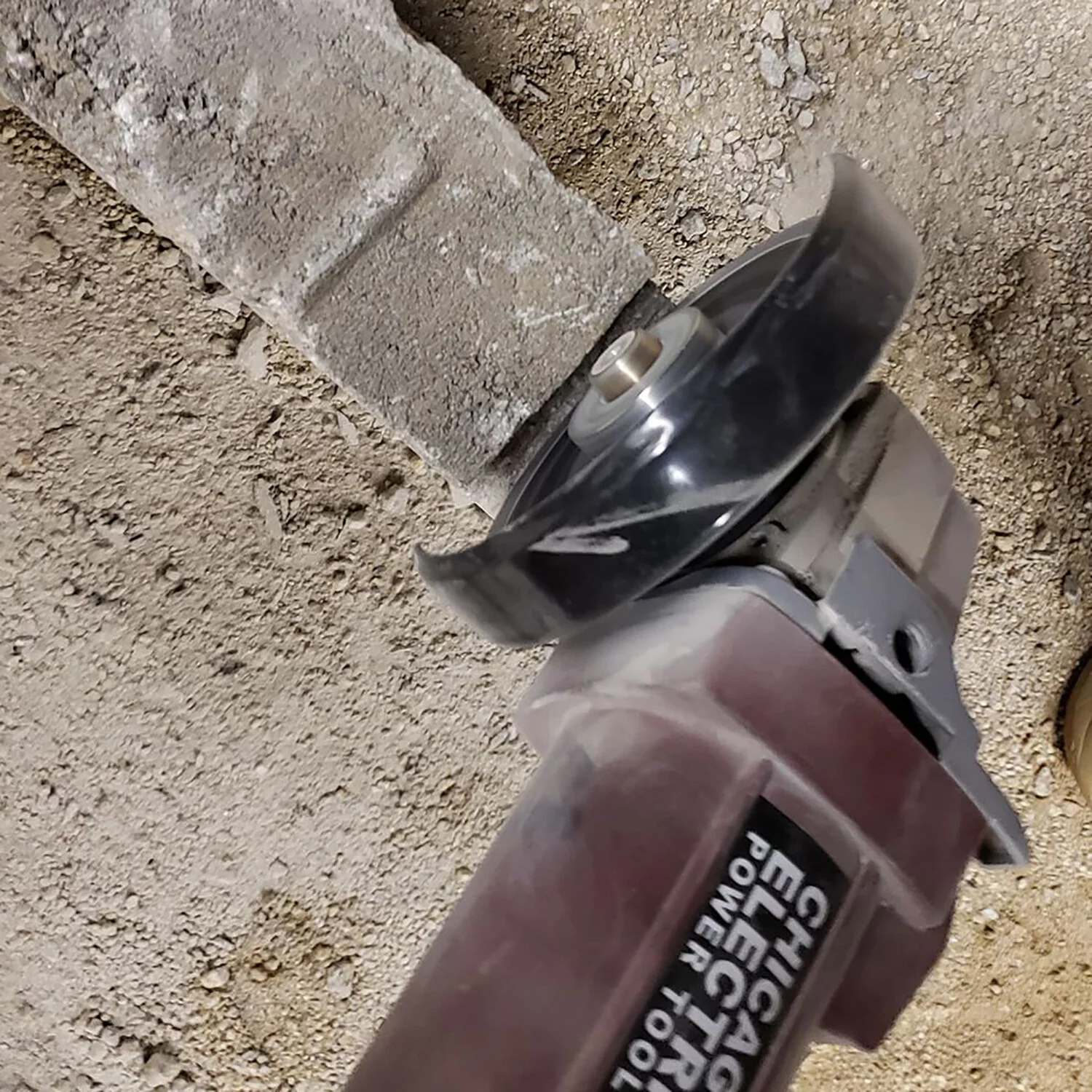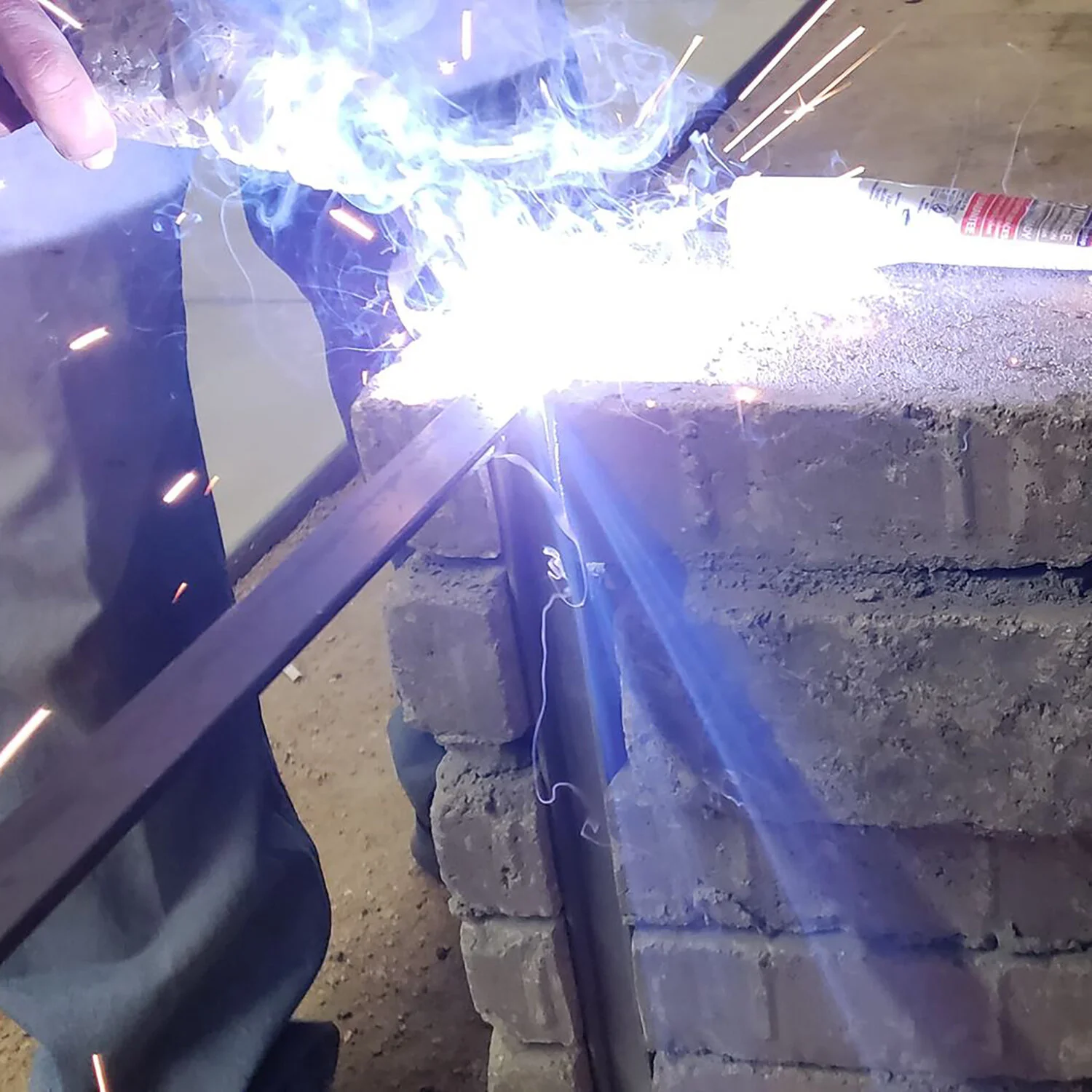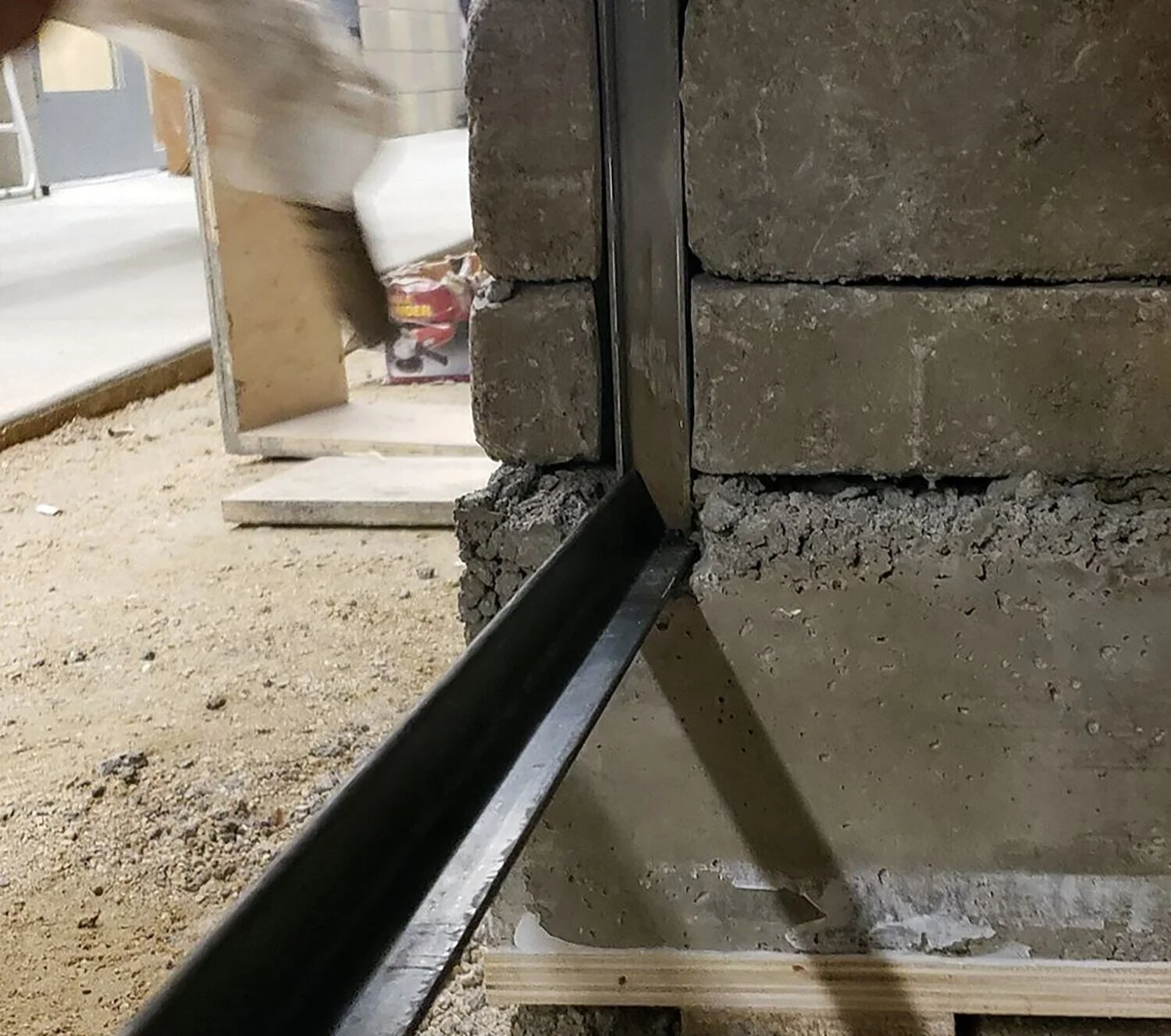fALLEN wATER dETAIL
Materials and methods
Course: Arch 243 | Instructor: Eric Olsen | Team: Valeria Alkomos, Jose FERNANDEZ, David Martinez | fall 2018 | WSOA
This Course seeks to place primary materials - wood, masonry, steel, concrete, and glass - within the fundamental context of physical properties, historical evolution, structural behavior, sustainable design, contemporary methods of construction and detailing, building
envelope systems, and new and future products. The materials’ influence on the design with respect to durability, building cost, life-cycle cost, and scheduling is evaluated.
Final Model and process work
The structure Falling Water by Frank Lloyd Wright was chosen, by our group of four, to study how the materials were used to construct the structure. Our group chose a detail from Falling Water to construct, similar materials of what was used to build the structure, was used to build the detail. Most of the materials that were used to build this detail was the first time used by us.
Detail Axonometric
Glass and steel meet
Detail Plan
Stone detail
Detail Section
Stone, steel and glass meet
Budget Sheet
My group decided to construct the section where the stone wall meets steel and the glass window, in the Falling Water project in Pennsylvanian by Frank Lloyd Wright. The detail of our design aimed to recreate the section where the red steel is embedded in the stone to make the windows. We incorporated concrete, stone, steel and glass to show the features of Falling Water.


